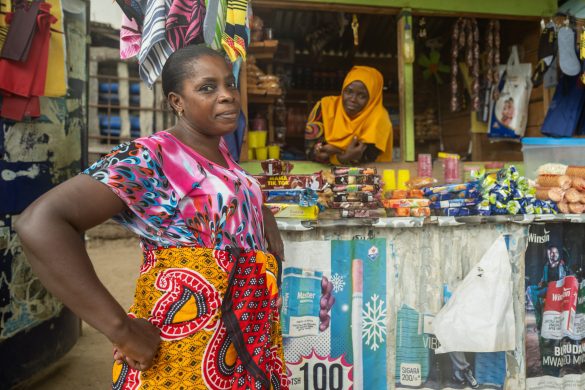WASHINGTON, 23 October 2009: The global crisis had a substantial impact on the Latin American and the Caribbean (LAC) region, but the worst is over for most countries, and many economies have begun to recover, according to the International Monetary Fund (IMF) in its new Regional Economic Outlook – Western Hemisphere report, launched Friday in São Paulo, Brazil.
The report, entitled Crisis Averted – What’s Next?, looks at how LAC is recovering from the global recession, which drove up the cost of external financing for the region, and reduced exports, remittances and tourism receipts.
Output for the region as a whole, after contracting by about 2½ per cent this year, is expected to recover with growth of about 3 per cent in 2010. – It is true that Latin America fared much better during this crisis than in the past, said Nicolas Eyzaguirre, Director of the IMF’s Western Hemisphere Department. – The question, now that the worst of the storm is behind us, is how to adjust policies to the new reality of a more sluggish global economy and still provide conditions for growth and poverty alleviation.”
While the LAC region as a whole has done considerably better this year than in past global crises and recessions—and better than many economies in other regions—there are marked differences among countries. For the purpose of analyzing the regional outlook, the report divides LAC countries in four groups: 1) countries that are net exporters of commodities and have full access to financial markets (including Brazil, Chile, Colombia, Mexico and Peru); 2) other commodity exporters; 3) commodity importers that rely heavily on foreign tourism (mainly Caribbean countries); and 4) other countries that are net importers of commodities (including many in Central America that rely on remittances from workers abroad).
Among these groups, the near-term outlook for commodity-exporting countries is more favorable given the ongoing recovery of commodity prices, while those economies that depend on income from remittances and tourism are at some disadvantage, because those flows are linked to employment conditions in the U.S. and other advanced economies, which are likely to recover only slowly.
The Regional Economic Outlook explores the consequences and policy implications of the recent global crisis for the LAC region. Chapter 1 sets the global stage, emphasizing how developments in the United States and advanced economies will affect recovery in the region. Chapter 2 reviews the current state of regional economies and their outlook for 2009–10 and through the medium term, setting out key policy issues and recommendations. Chapter 3 then steps back to evaluate how well the region performed recently, from an international perspective, and compared with its performance in past episodes of global turmoil: together, these experiences point to an agenda for the region to further develop its policy frameworks and resilience to external shocks. Finally, Chapter 4 focuses on fiscal policy responses of LAC countries to the recent crisis, linking these to their precrisis conditions and policies and identifying priorities for developing fiscal policy frameworks in the years ahead.














